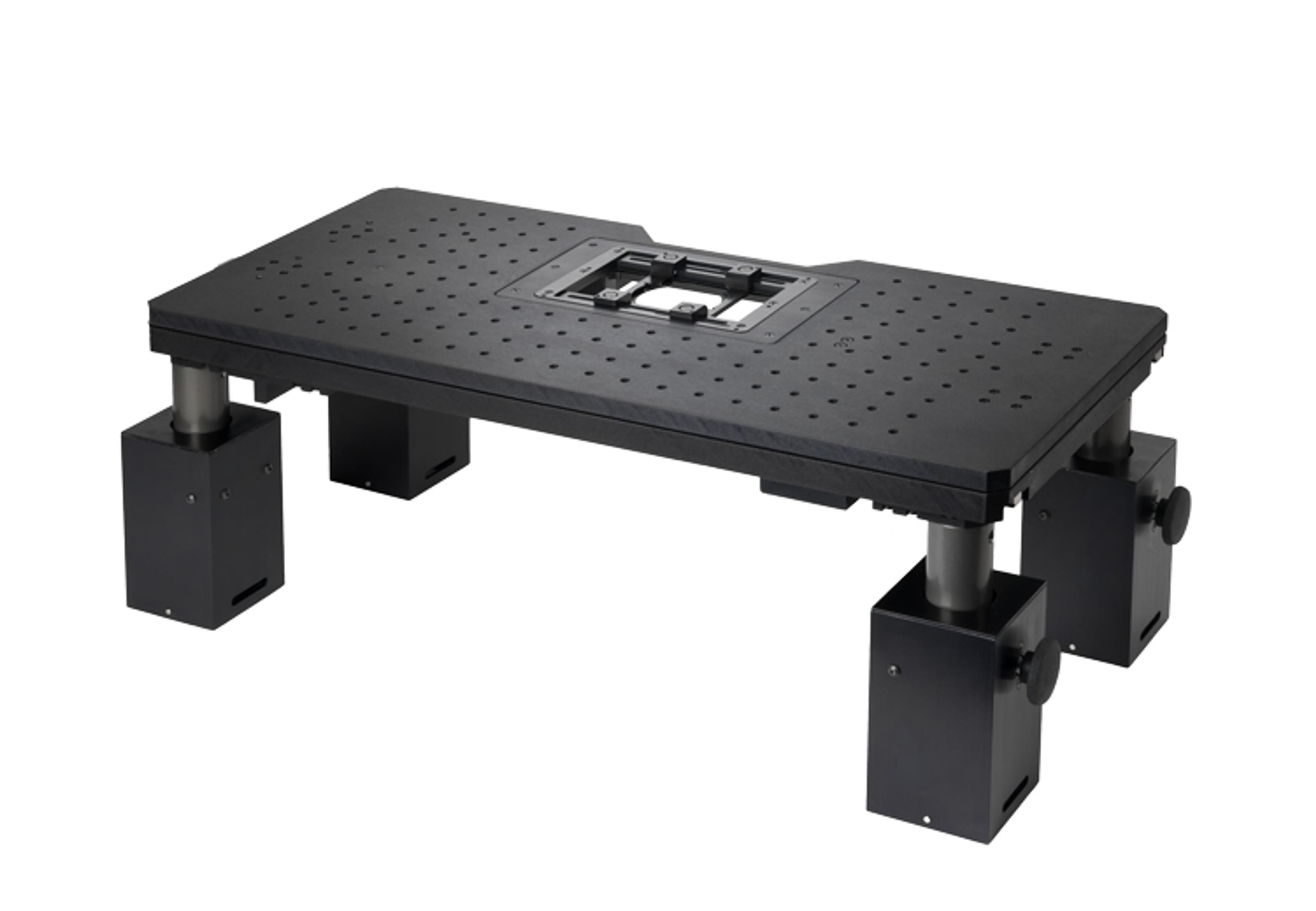Novel In-vivo Imaging Solution for Neuroscientists
4 Apr 2016Prior Scientific reports that its collaboration with Neurotar (Helsinki, Finland) has produced a seamlessly integrated solution for in vivo microscopic imaging in the brain of awake and moving rodents. The solution is based upon Prior’s ultra-stable and easily adjustable Z-Deck platform.
Neurotar’s Mobile HomeCage™ is an accessory device for microscopy and electrophysiology, which enables high precision tests in the brain of awake, head-fixed, but otherwise freely moving rodents. The Mobile HomeCage™ eliminates the need for anesthesia and thus preserves full physiological functioning of the brain. It provides a natural, tangible environment, which alleviates the stress experienced by rodents during experiments under standard head-fixation conditions. Stress reduction helps reduce the run-up time to the start of experiments and improves their reproducibility. The Mobile HomeCage™ is compact – it fits into most imaging set-ups without the need for modifications. Last but not least, it allows combining state-of-the-art neurophysiological techniques (such as in vivo two-photon microscopy, optogenetics, intrinsic optical imaging and in vivo patch-clamp) with behavioral paradigms in a single experiment.
Working closely with Neurotar, Prior have developed a fixing kit allowing seamless integration of the Mobile HomeCage™ with the Z-Deck. The Z-Deck is an ultra-stable, height adjustable platform designed specifically for electrophysiology and microscopy applications in neuroscience, which is available with an integral motorized positioning stage, a manual positioning stage, or a fixed top plate. The Z-Deck is compatible with a wide range of microscopes.
Available from Neurotar (www.neurotar.com) the new fixing kit allows neuroscientists to combine the benefits offered by the Mobile HomeCage™ with the stability, height adjustment and operational flexibility offered by the Z-Deck. Importantly, the fixing kit allows the loading of the mouse either on or off the stage followed by a quick and precise re-positioning of the Mobile HomeCage onto the Z-Deck. This means that the delicate operation of mouse-loading does not need to be performed around the microscope system itself.

